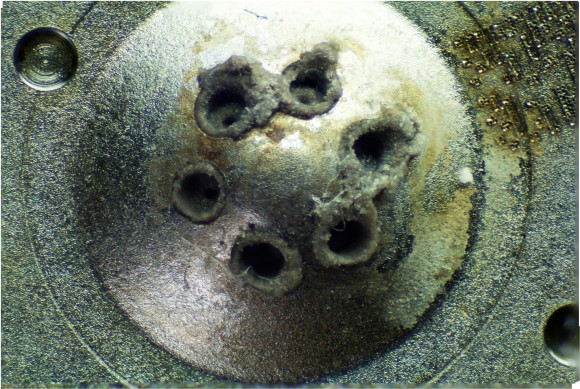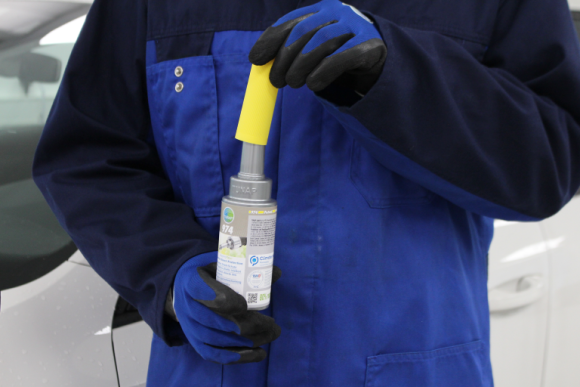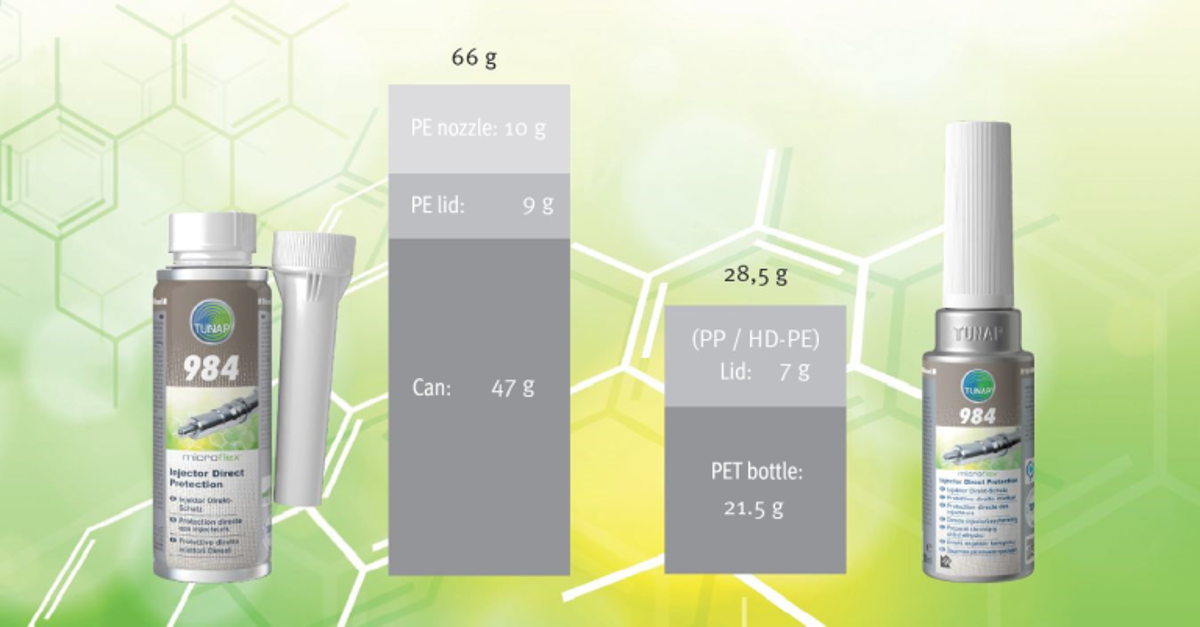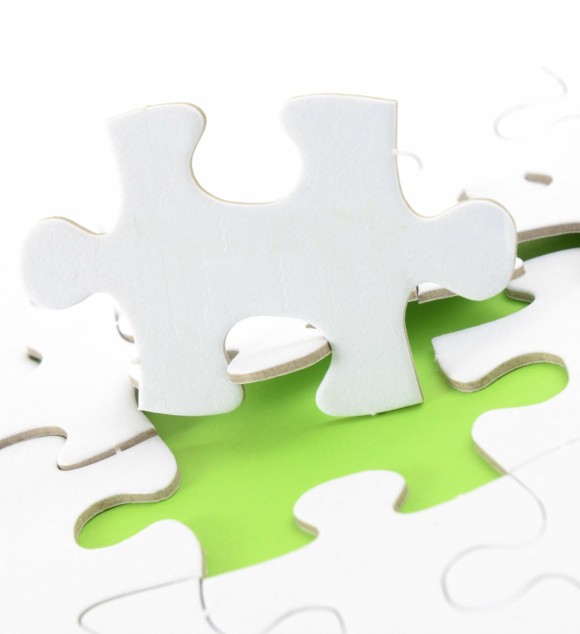Products and Customers
Climate-neutral product packaging made from recycled material
Find out more about TUNBottle, TUNAP's pioneering project for climate-neutral product packaging made from recycled material. Discover how this sustainable solution not only protects the environment, but also improves the performance of injectors and keeps emissions low.

TUNAP Sustainability Report | Environmental | GRI: 306-2
The TUNBottle project
It is almost impossible to completely do without packaging. However, it is possible to reduce unnecessary packaging and make necessary packaging as environmentally friendly as possible. With the TUNBottle, TUNAP not only improves utilisation on the user side, but also optimises the packaging from an environmental aspect. For instance, TUNAP now does not use any tinplate and uses recycled raw materials as packaging material.

Deposits on the injector.
The product: Protects injectors from contamination and keeps emission values low
Fuel deposits adhere to the injector needle and clog the holes in the injection nozzles, which are as thin as a human hair. This has a great impact because the cleanliness of injectors directly affects fuel injection, combustion, and engine output as well as compliance with fuel consumption and emission standards stipulated by law. If the injectors are not cleaned or protected regularly, soot can form and sooting can occur during combustion.

The result of excess deposits: contamination clogs the injection system. The injectors are almost completely blocked, the engine does not run smoothly and fuel consumption increases. If this continues, the high exhaust values may put the exhaust inspection at risk. The Injector Direct Protection products 974 and 984 from TUNAP protect injectors against deposits such as this.

The bottle: a more sustainable alternative to tin cans
In addition to the environmental product benefits that are embedded in the active ingredient, the packaging also helps reduce emissions compared to conventional packaging solutions (tinplate can). If you consider the life cycle of the plastic bottle compared to a tinplate can, the carbon footprint is reduced by 188 tonnes of CO2. A lot of energy is used especially in the manufacture of tinplate – in this phase the plastic bottle has a much lower product carbon footprint. The weight produces an even greater energy-saving potential: the plastic bottle is more than 50% lighter than the tinplate can. As a result, this means less fuel consumption while delivering and collecting the products and reduced wear of the means of transport.
Tested and certified
The verifiable reduction of emissions from using the products has been tested and certified independently. The main part of the packaging is made from secondary raw materials (80% PCR material) and is also 100% climate neutral.
GRI: 306-2:
Management of significant waste-related impacts
Area: Environmental 300
More information:
TUNBottle: Sustainable and economical
Associated articles:
Innovation for an optimised raw material cycle
Contact:

